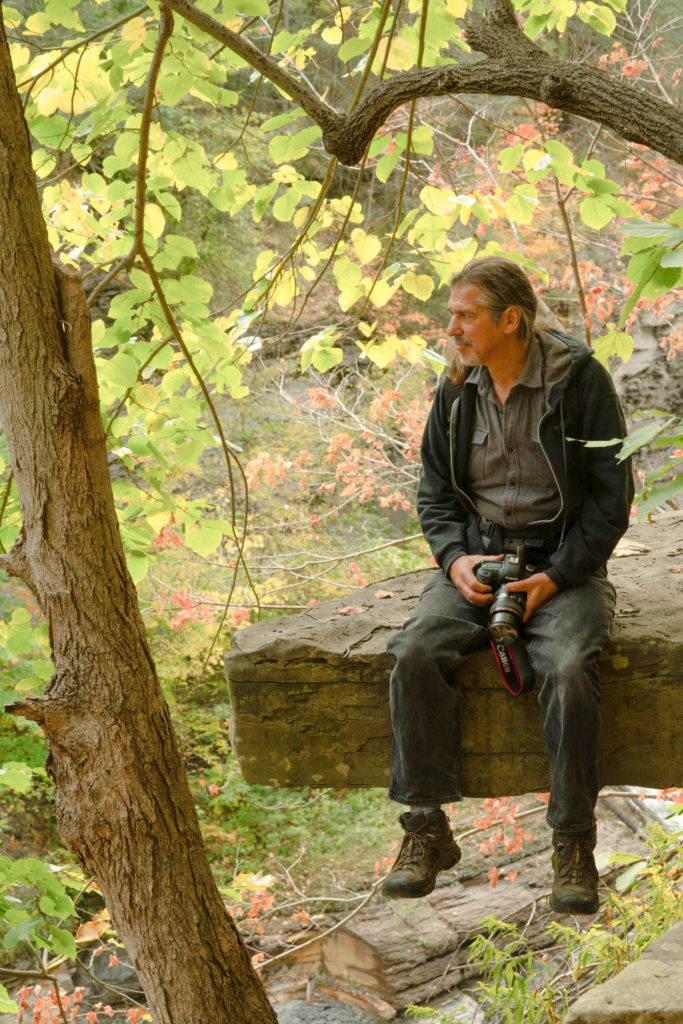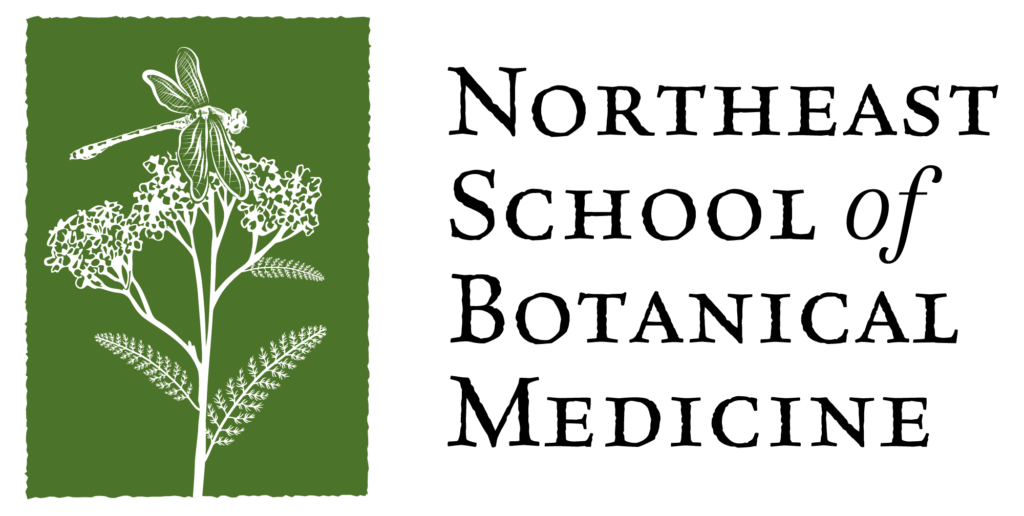
Intro to the Intro
Asthma attacks are very common. I see them regularly in and outside of first aid clinics. While they can be serious and in need of immediate medical attention, there are herbal treatments that can be beneficial both during asthma exacerbations and as well as helping to prevent future episodes.
As usual, I advocate for anyone with asthma to take the steps necessary to maintain their health, whether with conventional medications, herbs, or both. It is important to take personal responsibility for one’s own health needs.
I want to thank Eliza Travisano and AC Stauble for looking through and helping me with this article.
I hope you find this information useful. ~7Song

Simple Guidelines
- Remove or avoid asthmatic trigger(s).
- Help asthmatic individuals to relax, this can make breathing easier.
- See if they have any medications for their symptoms.
- If they do not, do they have a supply nearby?
- Use Lobelia tincture or vinegar to help relax airways and make breathing easier.
- Give the individual herbal medicines to take with them for future asthma episodes.
- Antiinflammatory herbs should be taken regularly to help reduce future attacks.
- Use decongestants and other treatments as needed.
Safety Concerns
- Asthma can quickly escalate to an emergency.
- Have medicines and strategies on hand for these circumstances.
- People should continue to carry their emergency inhalers even if the herbal medicines decrease the frequency and severity of the symptoms.
- Asthma attacks can happen at any time, so it is useful to always have a puffer on hand.
- Ephedra is a plant that is useful for asthma.
- However, it has clear negative side effects such as anxiety, heart palpitations, and raising blood pressure. Please read more about it before administering it to anyone.
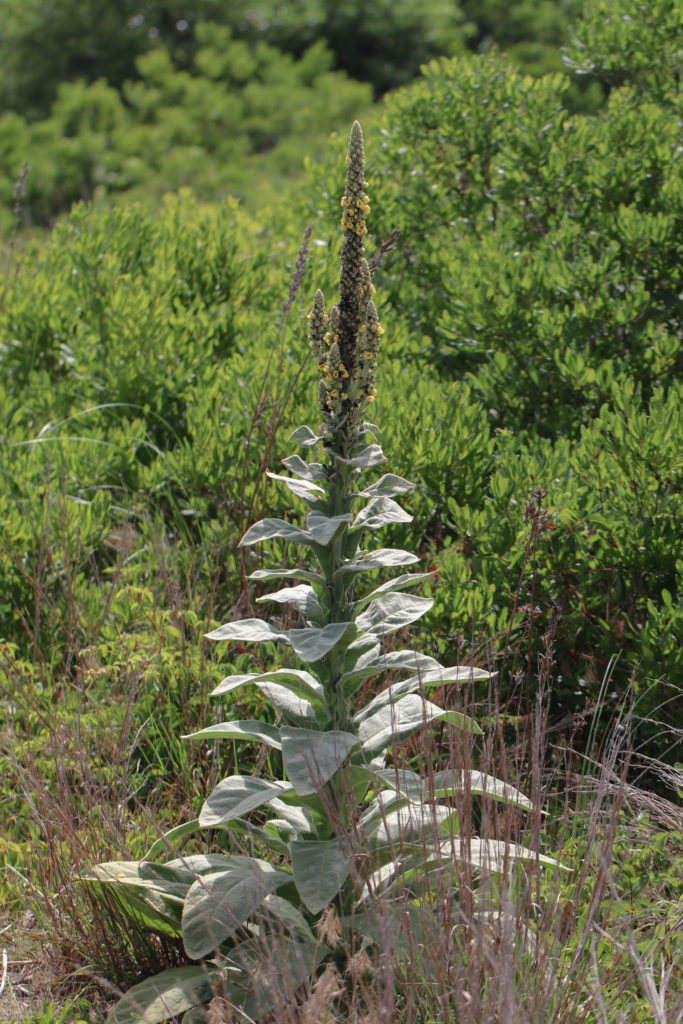
Asthma Introduction
Asthma attacks (also known as asthma exacerbations) are very common. They range from mild to life-threatening, and emergency measures are sometimes necessary. Asthma is a common health issue in the US and worldwide. Its prevalence continues to spread. This is especially true in communities that lack resources and medical access. There are currently about 25 million people with asthma in the US (about 1 in 12). In terms of first aid, it is a condition one is likely to see on a regular basis. Knowing the basics of how it affects the body, along with common treatments is essential.
What is Asthma
Asthma is a condition in which breathing becomes difficult due to a narrowing of the airways. It is mainly an allergic reaction, though there are some non-allergic forms. As with other allergies, there is an exaggerated response to various triggers that causes an overreaction in the body with negative health consequences.
Asthma has three main components, each making it difficult to breathe.
First, the bronchi constrict due to the contraction of the smooth airway muscles. Next, inflammation occurs as immune cells pour into the area, causing swelling and further tightening the bronchi. Lastly, there is excess mucus production made by the mucus-producing (goblet) cells that line the bronchi. This further narrows the opening of the airways. There is no consensus on the underlying cause of asthma. Genetic and environmental factors contribute to this ailment, but it is unknown why some people develop asthma or why it is becoming ever more common worldwide.
Asthma Symptoms
Asthma symptoms include shortness of breath, difficulty breathing, chest tightness, chest pain, coughing, and wheezing. Anxiety can also accompany these symptoms due to the difficulty in breathing. Sleeping may be impaired due to coughing and constrained breathing. Asthma is common in children, as they have smaller airways, and its effects can be more deleterious. A young person having problems breathing may have undiagnosed asthma. A blue or gray tinge to the lips and difficulty speaking are signs of a more severe asthma attack.
Wheezing is a common sign of asthma. It is a high-pitched whistling sound made on the exhalation (breathing out). This is caused by air passing through constricted airways.
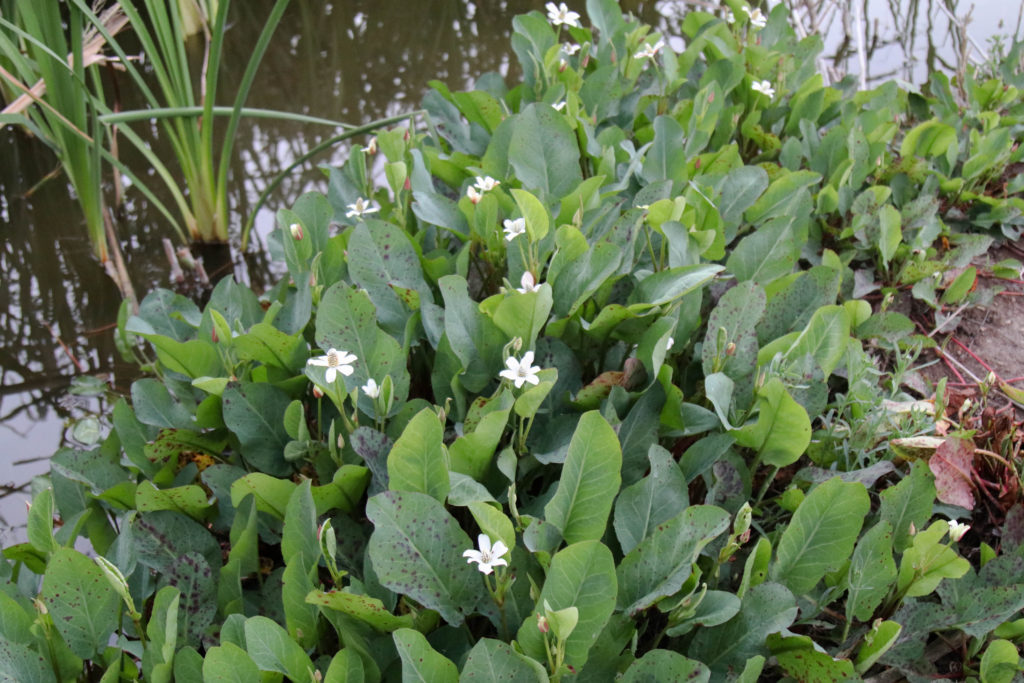
Asthma Triggers
There are many triggers for asthma, and people have very individual reactions to these various substances and events. An individual may only be allergic to one or two of these triggers, while another person may have asthma attacks triggered by a much broader array of substances.
Allergens are a common trigger. These include pollen, animal dander, mold, dust mites, and other substances. Asthma can also be in response to food allergies, though this seems to be less common.
Irritants such as cigarette smoke, air pollution, and particles from fires can cause asthma attacks. Weather can also be a trigger for asthma flare-ups. These include cold, dry air, sudden changes in the weather, and high humidity. Exercise-induced asthma (currently reclassified as exercise-induced bronchoconstriction) is due to the constriction of the bronchi during exercise.
Strong emotions such as anxiety, anger, stress, or laughing hard can cause an asthma attack. This is partly due to the changes in breathing that occur during these states.
Viral infections of the respiratory tract such as colds, flu, and sinusitis are also asthma triggers.
And lastly, some medications such as beta-blockers, aspirin, and NSAIDs (i.e., Ibuprofen) can cause an asthma event.
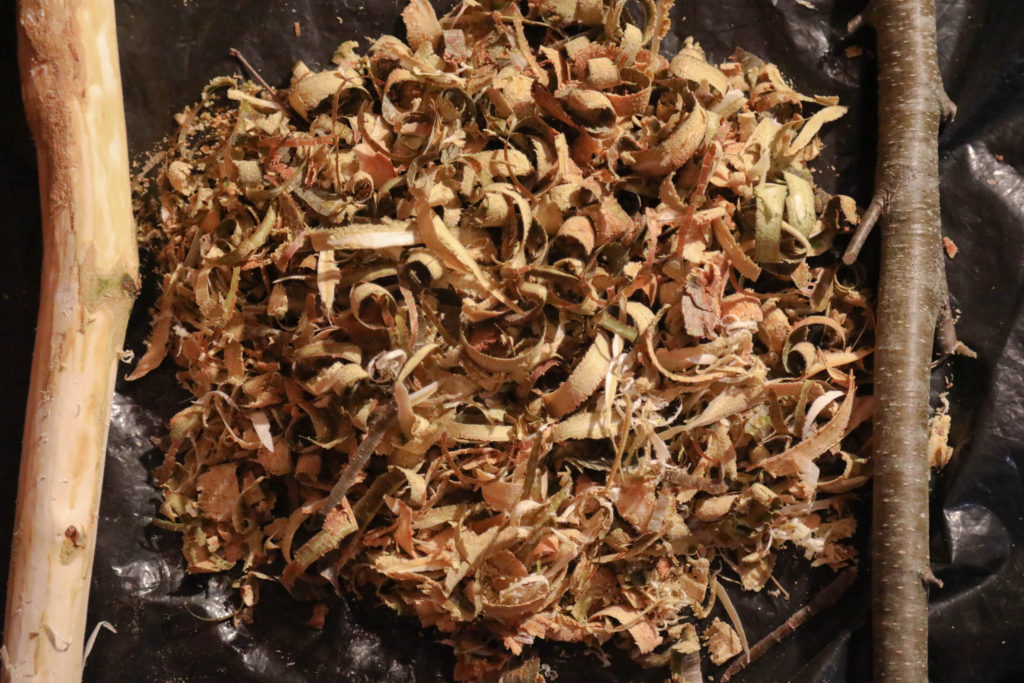
Types of Asthma
There are several ways that asthma is categorized. One method is by its frequency and severity, with asthma attacks ranging from mild intermittent asthma to severe persistent asthma. Asthma can also be divided by its triggers, such as allergic asthma, or by the lack of triggers as with nonallergic types of asthma.
People’s asthmatic reactions are highly individualistic: in severity, frequency, and duration.
Types of Asthma Drugs
One of the reasons it is helpful to understand the mechanism that causes asthma is to gain insights into the types of medications and treatments that can reduce asthma attacks.
There are many types of medications to treat asthma. They can generally be broken down into two categories: medications that offer quick relief and those used for long-term control. The most common ones for immediate symptom relief are inhalers (‘puffers’) such as albuterol. These are bronchodilators, which contain a beta-agonist that works by relaxing airway muscles.
The most common medication for long-term control is inhaled corticosteroids, such as Pulmicort. They suppress inflammation in the lungs, which is one of the main mechanisms involved in an asthma attack.
There are many other asthma drugs on the market with varying methods of reducing asthma attacks. These include immune modulators such as Xolair, which is given by injection. There are leukotriene modifiers such as Singulair, which block leukotrienes, a type of immune cell that is a part of an asthma attack. Along with these, there are other types of asthma medicines as well as combinations of the above drugs.
Many of these medications carry potential side-effects. Before choosing an asthma medication, it is helpful to read the label. Also, speak with a health care provider and with anyone you know who may be taking these medications to know their experience with their effects and side effects. One type of device that may be useful is a nebulizer. These are electrical or battery-operated medical devices that break up liquid asthma medicines into a mist that makes the medicines easier to breathe in. This increases their efficiency. I know some herbalists who put tinctures into their nebulizers, but I do not have any experience with this method yet.
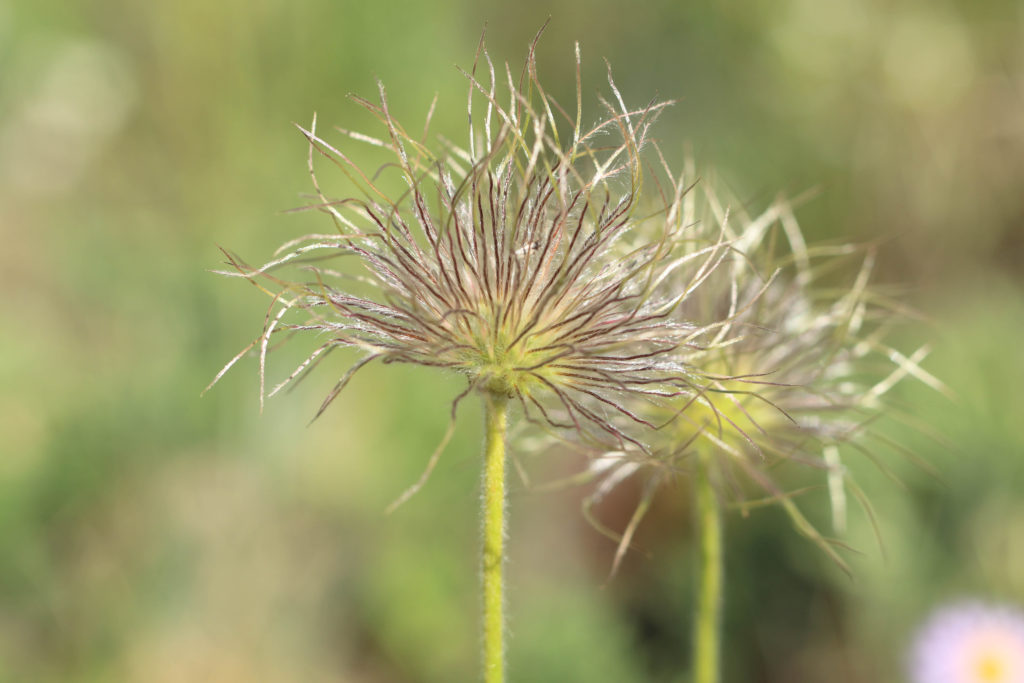
Treating Asthma
People often know that they are having an asthma attack due to prior episodes and a medical diagnosis. The exceptions are when people have not had a previous incidence or have not been diagnosed. Other health issues mimic asthma, and in these situations, further assessment will be necessary. This section focuses only on treating asthma, not on other breathing difficulties.
When treating an asthma attack, try to help the individual relax as much as possible. This may be difficult, but agitation worsens symptoms.
Ask if they take any medications. If so, do they have them on hand, or are they nearby. If they don’t have their medication, find out which drugs they regularly use. You can then either help them try and find that specific medication or decide which category of herbal medicine may be most beneficial.
General Treatment Strategies
- Avoidance-this is the primary treatment for asthma. Try to remove or reduce the triggering substance or situation. While this can be challenging, once the stimuli are removed, the asthma attack should lessen considerably.
- Medication-see if they have or if you can obtain the medicine they need to reduce their symptoms.
- Use appropriate herbal medicines.
- Relaxation-anxiety and agitation increase asthma symptoms. Try to find ways to help the patient feel more relaxed. This can be done by reassuring them that they will be alright and that someone will be present with them. Breathing exercises can also be helpful. There are a number of methods that can help the person notice that they are breathing, which can reduce anxiety.
- Prophylactic treatment-this includes conventional or herbal remedies that may decrease the frequency or severity of asthma attacks over time. These include antiinflammatories and other medications.

Herbal Treatment
There are three primary forms of herbal asthma treatments: bronchodilators, antiinflammatories, and decongestants. Out of these, the bronchodilators have the most immediate effect. The antiinflammatories are for long-term symptom relief, and the decongestants help with excess mucous production. There are also herbs and treatment categories for the other associated health issues, including sleeplessness, coughing, and anxiety. The descriptions below focus on the bronchodilators as they are the most specific remedies for asthma.
Bronchodilators
Bronchodilators are the mainstay for immediate asthma relief. They relax the smooth muscles in the bronchi, which reduces the constriction and increases airflow into the lungs. There are two plants that help in this manner; Lobelia inflata and Ephedra.
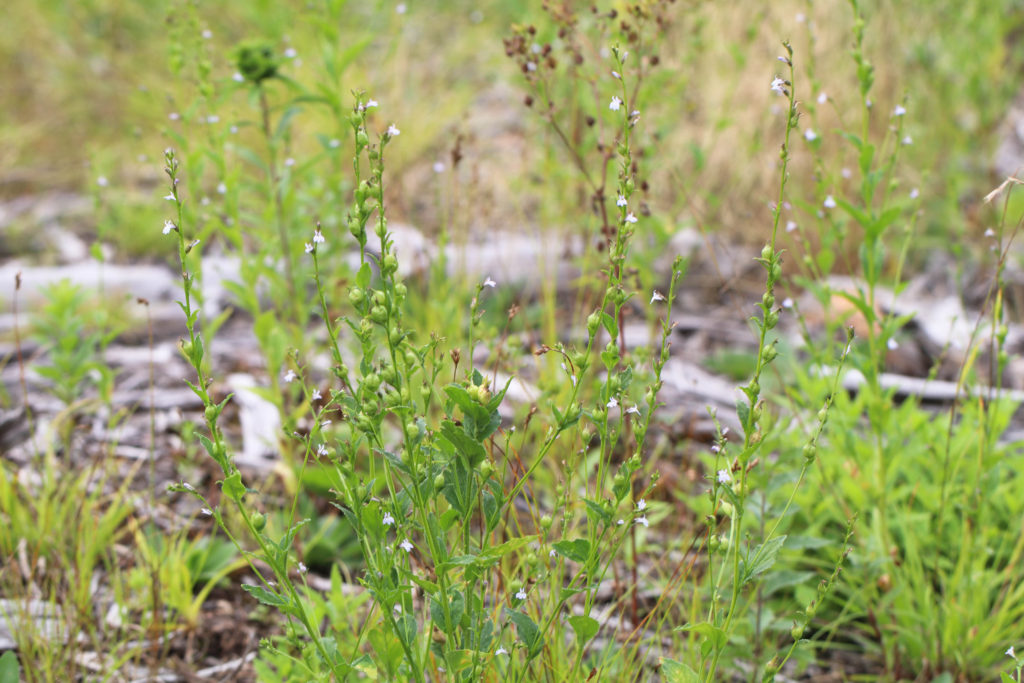
Lobelia Inflata
There are many species of Lobelia, but the only one I use as medicine is Lobelia inflata.
I often call Lobelia inflata a ‘gateway herb’ because of how quickly it can help with asthma symptoms. This increases people’s belief that herbal medicine has a place in the modern medicine cabinet. (I will save the rest of this rant for a later time.)
Lobelia acts as a bronchodilator, relaxing the smooth muscle in the airway making it easier to breathe. The exact mechanism for this action is unknown. Unlike Ephedra, it is not a stimulant; Lobelia has a relaxing edge to its effects.
Lobelia is generally prepared as a tincture or a vinegar. I mainly use the tincture, but Lobelia in vinegar has a long history of use.
It is important to note that Lobelia is not antiinflammatory and does not replace or act like inhaled corticosteroid inhalers such as Pulmicort.
With infants and young children, some herbal practitioners rub Lobelia tincture on the chest or upper back to help with asthma symptoms and have reported positive results. I have not tried this, but it seems like a good way to administer it to young children.
Lobelia Safety Guidelines
Lobelia has an undeserved reputation for being a toxic plant. The most common adverse reaction is nausea. Occasionally, someone may vomit after drinking the tea, or less commonly, from the tincture. I have not seen this, but I have heard that it happens from reliable sources. I do not use Lobelia as a tea. From my perspective, while this is in no way fun, it is also not dangerous, just a bit gross. Lobelia has an acrid flavor and can leave a burning sensation in the throat. The acridity is more pronounced in the tea than in other preparations.
Some people are wary of using Lobelia tincture, but in my many years of using this plant preparation, I have found it to be relatively safe.
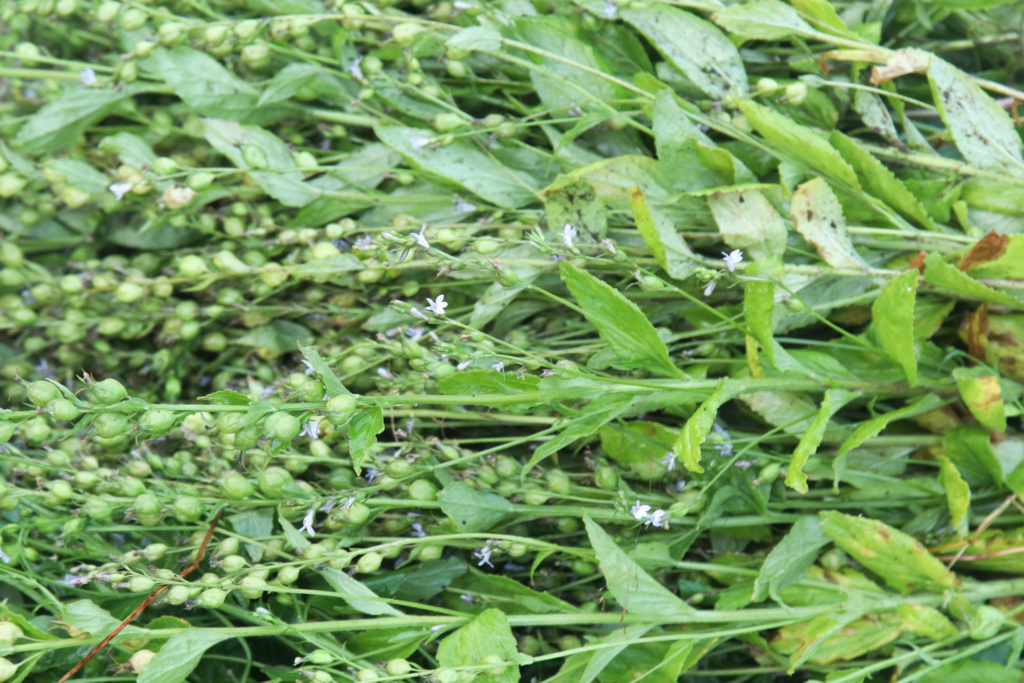
Lobelia Dosage Guidelines
These guidelines are for Lobelia tincture and vinegar. I do not use nor recommend the tea due to its acridity.
For adults and older children-start with about 5 drops directly in the mouth (as opposed to diluted). If this provides relief (or at least does not make the symptoms worse), follow up with approximately 10 drops. Continue to dose 10 drops until the patient reaches their plateau dose, where giving more medicine no longer improves the symptoms. I have given up to 30 drops per dosage with no ill effects.
Once a dosage is known for an individual, they can start with this larger amount. For instance, if they know 15 drops will help with their asthma, then they can start with this dosage and add more as needed.
Remember to give patients Lobelia tincture to take with them in case of further asthma attacks.
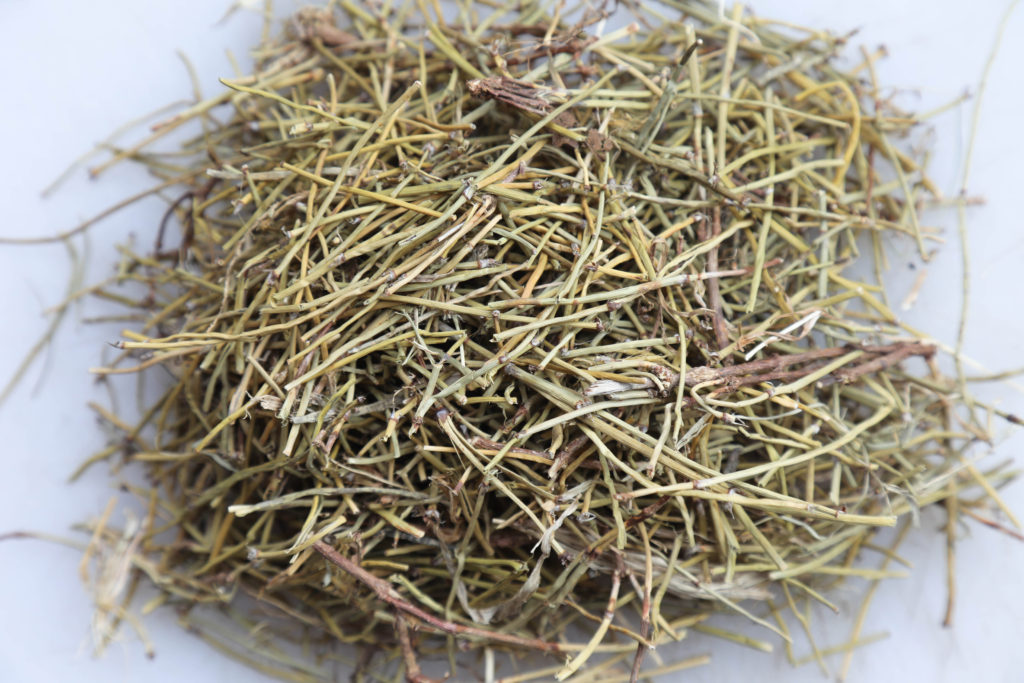
Ephedra Species
There are three main medicinal Ephedra species, though the genus has numerous species. The three medicinal species are Ephedra sinica, E. vulgaris, and E. equisetina. Unfortunately, the North American Ephedra species are lacking in the below alkaloids and are not medicinally active. This means that if you live in the US, you have to purchase the herb, which can be difficult due to restrictions on its sale. Ma huang is the most common name for the medicinal Ephedra species.
Ephedra is a bronchodilator, though it works in a very different (and better understood) manner than Lobelia.
Ephedra is sympathomimetic. This implies that it mimics the sympathetic nervous system, the part of the nervous system associated with ‘fight or flight.’ When scared (‘fight or flight’), the depth of one’s breathing increases as the body prepares for an encounter. This is due to the adrenaline being released in the body to prepare for a frightening situation. Ephedra contains two important medicinal constituents, ephedrine and pseudoephedrine, that are responsible for a similar body response as adrenaline. They increase breathing capacity.
Ephedra is also a valuable decongestant and will help dry up mucous in the respiratory tract. These plants are stimulating, which is generally not desirable during an asthma exacerbation. But the relief of breathing better usually counters this unpleasant effect. Also, not everyone experiences this stimulation to the same degree.
Ephedra Safety Guideline
Ephedra is a plant that should only be administered by experienced herbalists. While I find there are over-the-top warnings about many medicinal plants (see Lobelia above), Ephedra can have clear detrimental effects. The amount given per dosage is one way to control possible side effects, as well as monitoring people during and after administration.
Ephedra is a stimulant and can cause anxiety, heart palpitations, agitation, high blood pressure, insomnia, and other issues relating to its stimulating properties. Please use it with caution.
This herb should be avoided by people with high blood pressure or heart disease as well as during pregnancy and breast-feeding.
It may increase anxiety, so people prone to anxiety may want to avoid it. It can also cause insomnia due to its stimulating properties. Since people often have very different reactions and sensitivities with medicines, start with a small amount and monitor the outcome. Ephedra should only be used for short term use. Once the asthma attack is better, switch to safer herbs.
Ephedra is also very drying (hence its decongestant effect), which may be undesirable for people who have drier constitutions.
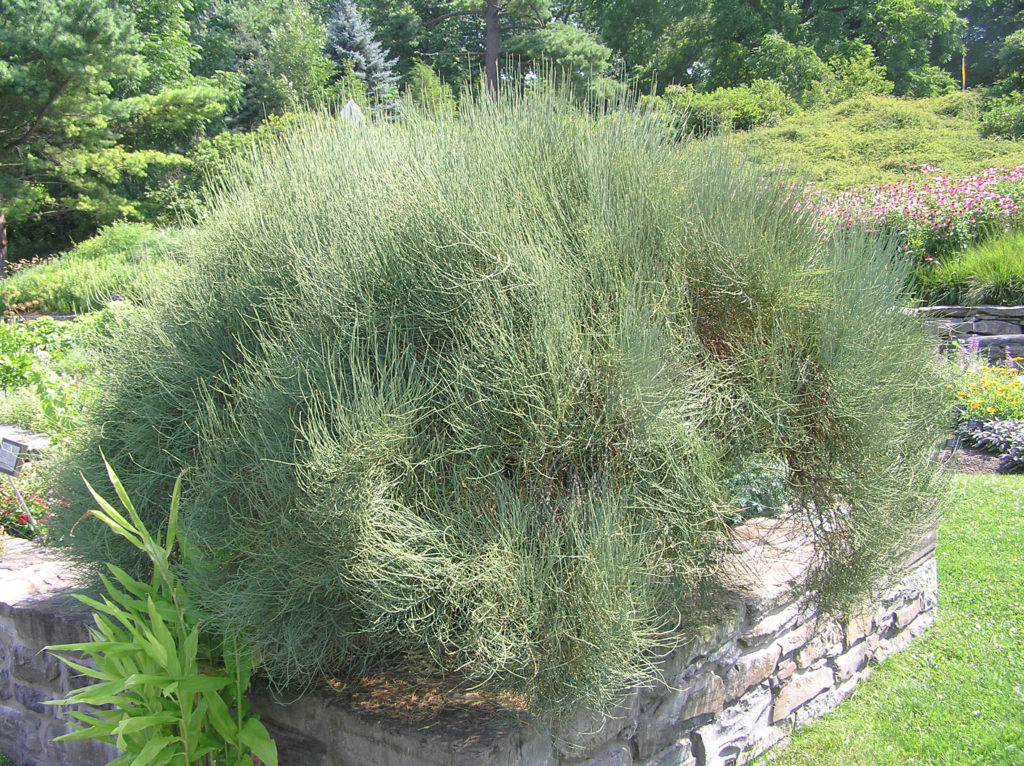
Ephedra Dosage Guidelines
Ephedra is generally used as a tincture or tea. I like using it as a tincture, as it is easier to control the dose, but the traditional use is as a tea.
Tincture dosage
Adults and older children-start with about 10 drops. Wait about 3 minutes to see if there is any reaction. If it seems helpful and there are no deleterious effects, continue to give about ½ dropperful every 5 minutes until it reaches a plateau dose. Continue to monitor for adverse effects during and post administration for about 20 minutes.
I have not used Ephedra with young children.
If giving this medicine for a person to take home, put a label on it with safety precautions.
Tea dosage
Note, the tea is very astringent.
To prepare the tea, simmer 1 oz of the herb in 1 quart of water for 20 minutes and drink 2-4 oz of tea as needed per serving.
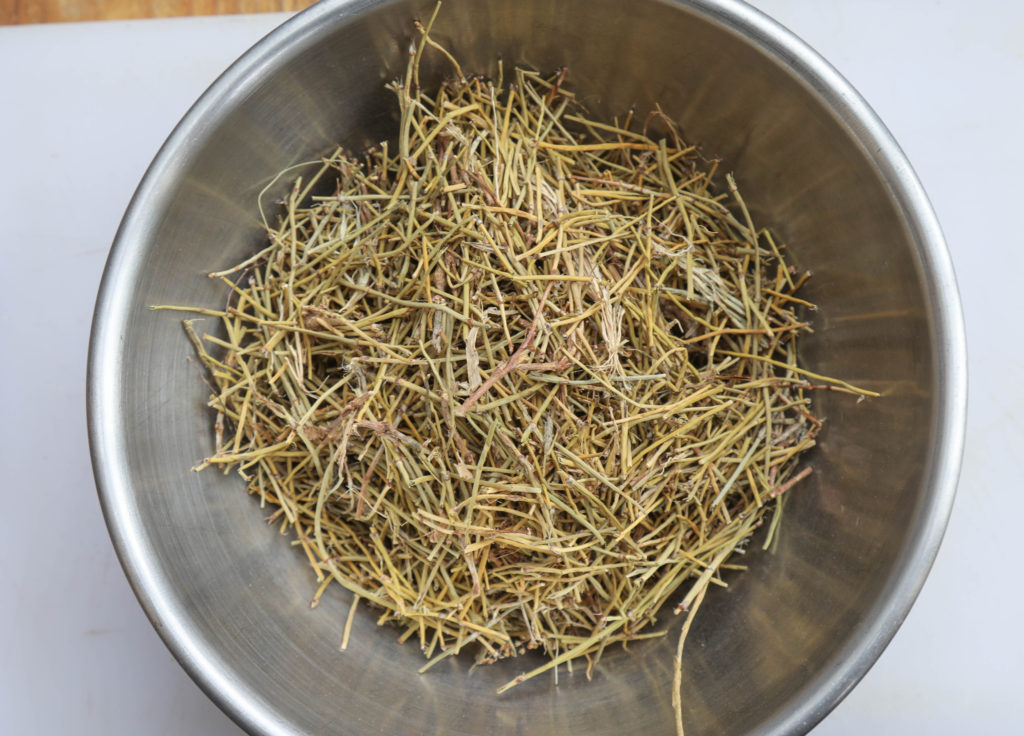
Other Asthma Preparations
The below formulas are just a few of many possibilities. See the herb lists for alternatives. Milliliter (ml) dosages are used instead of a dropperful, as droppers are inconsistent with how much is pulled up with each squeeze. The standard 1 and 2 oz dropper holds 2 ml if filled to the top. This means that a 1 ml dosage is a half a dropperful. A 2 ml dosage usually means taking two half droppers, as it is easier than trying to fill the dropper up to the top.

Steams
Steams can be useful to reduce the severity of an asthma attack. The warm moist air helps soothe the respiratory tract and potentially loosens the mucous. Essential oils can also be added to increase these effects. The hot moisture (and essential oils) can act as an irritant for some people and worsen their symptoms. Be cautious with any person who has not tried this method previously. Initially, they can inhale the steam from 1 foot away from the top of the pot. At this distance, it is not as strong. They can then bring their face down to where it is comfortable to avoid burning their face.
Do not add more than 2-4 drops of essential oil per steam.
Prepare the steam by putting enough water to cover the bottom of a pot by a few inches. Bring the water to a boil, turn the heat off and add the essential oils. The person then brings their face to about 8 inches from the top of the pot and inhales the vapor a few times. Make sure the heat is off.
Limit the steams to about 2 times per day to avoid aggravating the face and respiratory tissue.
Essential oils
- Camphor
- Eucalyptus
- Tea tree

Antiinflammatories
Herbal antiinflammatories are used for the long-term treatment of asthma. They are taken daily to reduce respiratory inflammation, which can help prevent future asthma attacks. They are not as potent as inhaled corticosteroid medications, as those medications go directly to the lungs. But herbal antiinflammatories are still useful, especially for less severe forms of asthma. They are often used alongside other asthma medications.
Antiinflammatory tincture #1
- Equal parts
- Licorice
- Willow
- Black birch
- Dosage-2 ml 3 times daily
Antiinflammatory tincture #2
- Meadowsweet 2 pt
- Ginger 1 pt
- Turmeric 1 pt
- Dosage-2 ml 3 times daily
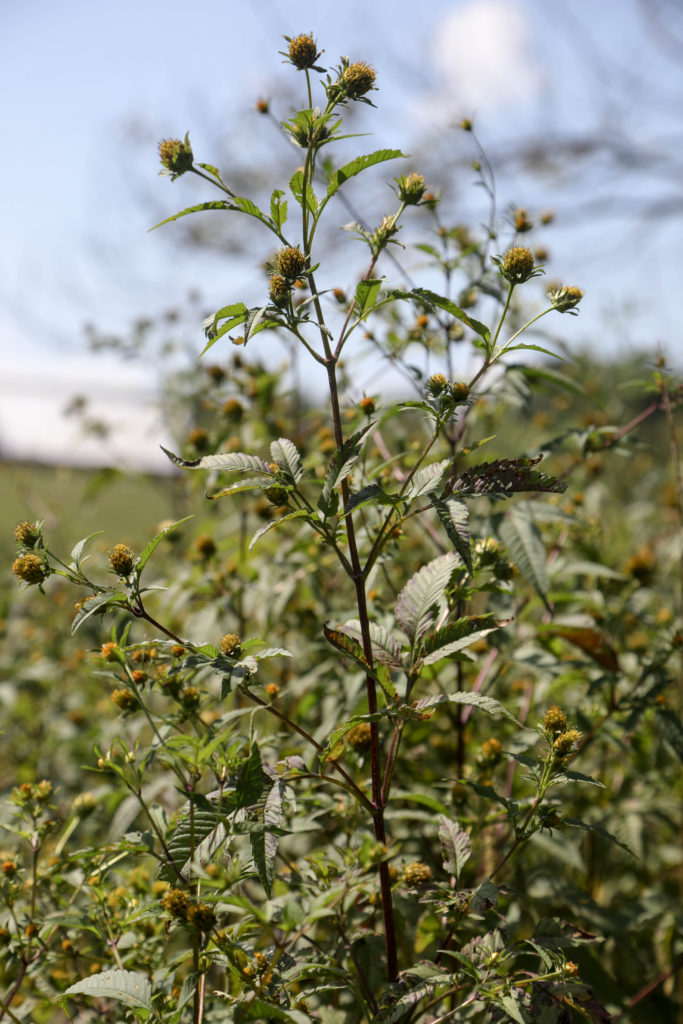
Decongestants
Decongestants are used to dry out the nasal and respiratory passages of excess mucus. This improves breathing by reducing the amount of mucous in the airways. These herbs can have an overall drying effect. People who feel frequently dry should only use them when needed for symptom reduction.
Decongestant tincture #1
*Do not use this preparation for people with hypertension
- Licorice 3 pt
- Ephedra 1 pt
- Dosage-½ dropperful up to 5 times daily
Decongestant tincture #2
- Equal parts
- Beggar ticks
- Yerba santa
- Wolfberry
- Dosage-1-2 ml as often as needed for congestion
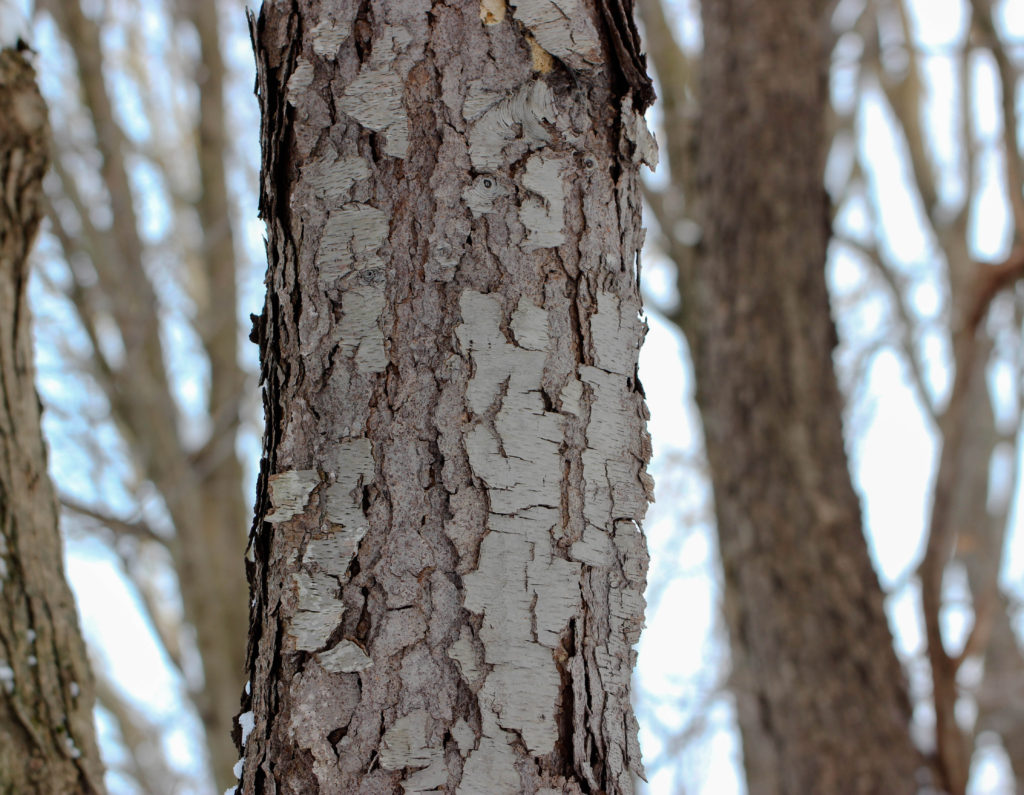
Antitussives (Cough remedies)
Asthmatic coughs are generally dry, non-productive, and may be accompanied by wheezing. They can be persistent and uncomfortable, and coughing during the night can make it difficult to sleep.
Cough drops or lozenges
Cough drops can be made with various antitussive herbs. Demulcents are especially helpful along with honey, as they are soothing to the respiratory tract.
Mucilaginous Beverage
A soothing, mucilaginous beverage can help by reducing respiratory irritation. Stir a teaspoon to a tablespoon of a demulcent plant powder into a glass of water until it dissolves. The amount used is determined by one’s tastes and ability to enjoy a gelatinous drink. It should be drunk slowly, especially if actively coughing. Some useful plant powders for this are Marshmallow root and Slippery elm.
Tinctures
Antitussive tinctures have useful cough-relieving properties. To make them more soothing, they can be added to a mucilaginous drink.
Cough Tincture #1
- Wild cherry 2 pt
- Mullein 1 pt
- Thyme 1 pt
- Dosage-1-2 ml as often as needed
Cough Tincture #2
- Coltsfoot 2 pt
- Mullein 2 pt
- Horehound 2 pt
- Licorice 1 pt
- Dosage-1-2 ml as often as needed

Antihistamines
Antihistamines are helpful for allergies but are not specific for asthma attacks. They can be taken to reduce allergies and thus decrease the chance of an asthma exacerbation.
Antihistamine tincture #1
- Eyebright
- Dosage-1-2 ml as often as needed
Antihistamine tincture #2
- Ragweed
- Dosage-1-2 ml as often as needed
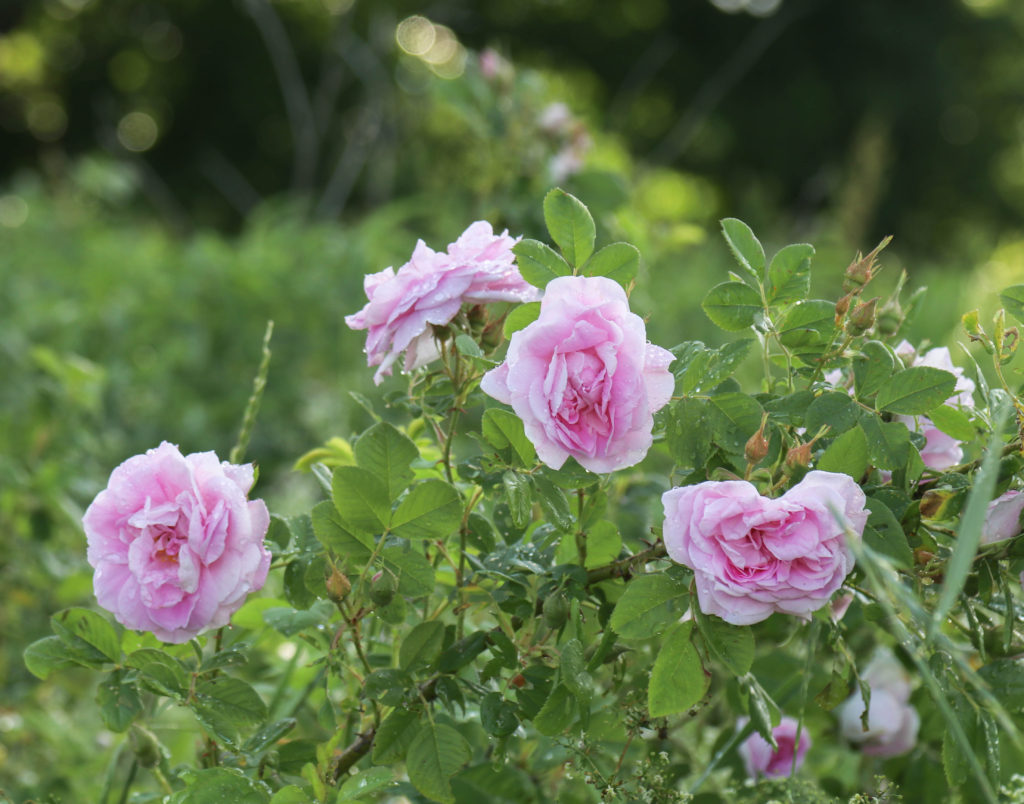
Anxiolytics
Anxiety often accompanies asthma due to the difficulty in breathing. Herbs that are relaxing can lessen this anxiousness and help make breathing easier.
Anxiolytic tincture #1
- Chamomile 3 pt
- Tulsi 3 pt
- Passionflower 2 pt
- Skullcap 1 pt
- Dosage-1-3 ml as often as needed
Anxiolytic tincture #2
- Damiana 2 pt
- Motherwort 2 pt
- Rose 2 pt
- Hops 1 pt
- Dosage-1-3 ml as often as needed

Expectorants
Expectorants help bring up phlegm making it easier to breathe. Demulcent herbs often act as an expectorant, as they soften the mucus in the respiratory tract. Adding honey to the medicine may increase their expectorant properties.
Expectorant tincture #1
- Lobelia
- Dosage-5-10 drops as needed. (See Lobelia safety above)
Expectorant tincture #2
- Yerba santa 2 pt
- Coltsfoot 2 pt
- Elecampane 2 pt
- Licorice 1 pt
- Dosage ½-1 dropperful as needed
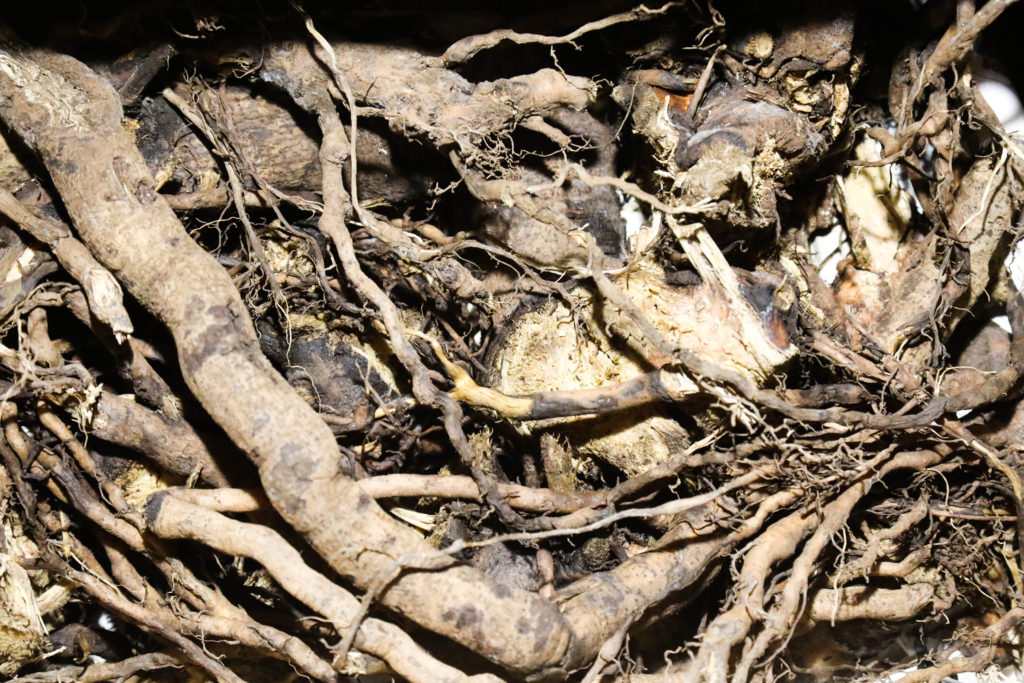
Sleep Aids
Sleeping can be difficult due to the breathing restrictions and coughing that can occur with asthma. These herbs are used in combination with other asthma aids.
Sleep aid tincture #1
- Hops 1 pt
- Valerian 1 pt
- Dosage-2 ml before sleep, and 2 ml as needed if waking during the night.
Sleep aid tincture #2
- Chamomile 3 pt
- Passionflower 2 pt
- Skullcap 2 pt
- Kava kava 1 pt
- Dosage-2 ml before sleep, and 2 ml as needed if waking during the night.
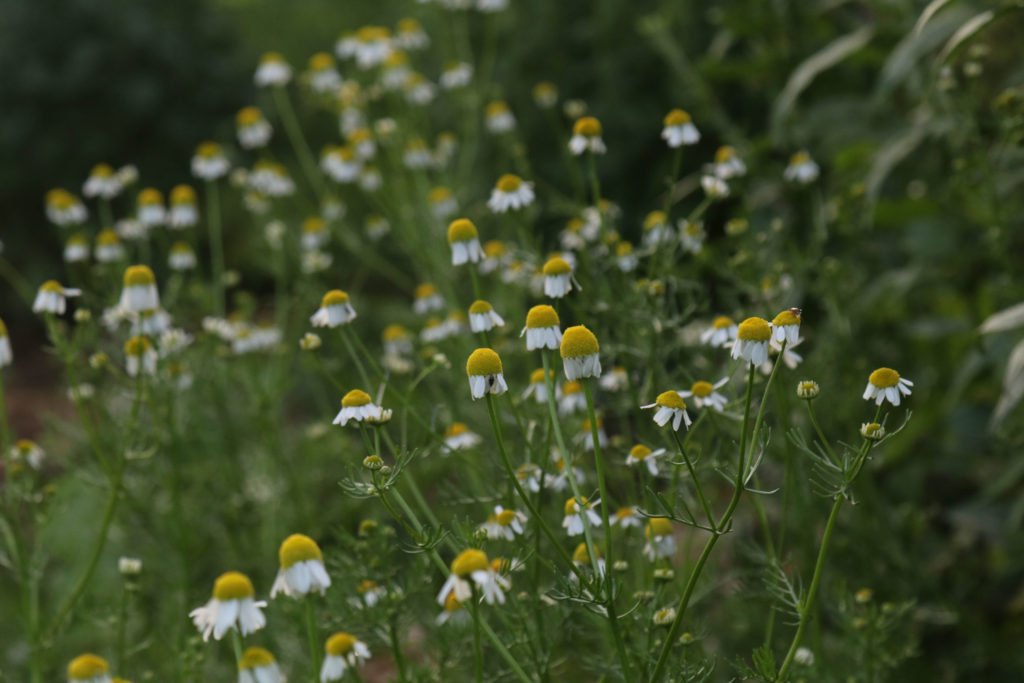
Therapeutic Categories for Asthma
- Antihistamine
- Antiinflammatory
- Antitussive
- Anxiolytic
- Bronchodilator
- Carrier
- Decongestant
- Demulcent
- Essential oil
- Expectorant
- Sleep aid
Medicinal Preparations for Asthma
- Essential oil
- Glycerite
- Honey
- Liniment
- Steam
- Tea
- Tincture
- Vinegar
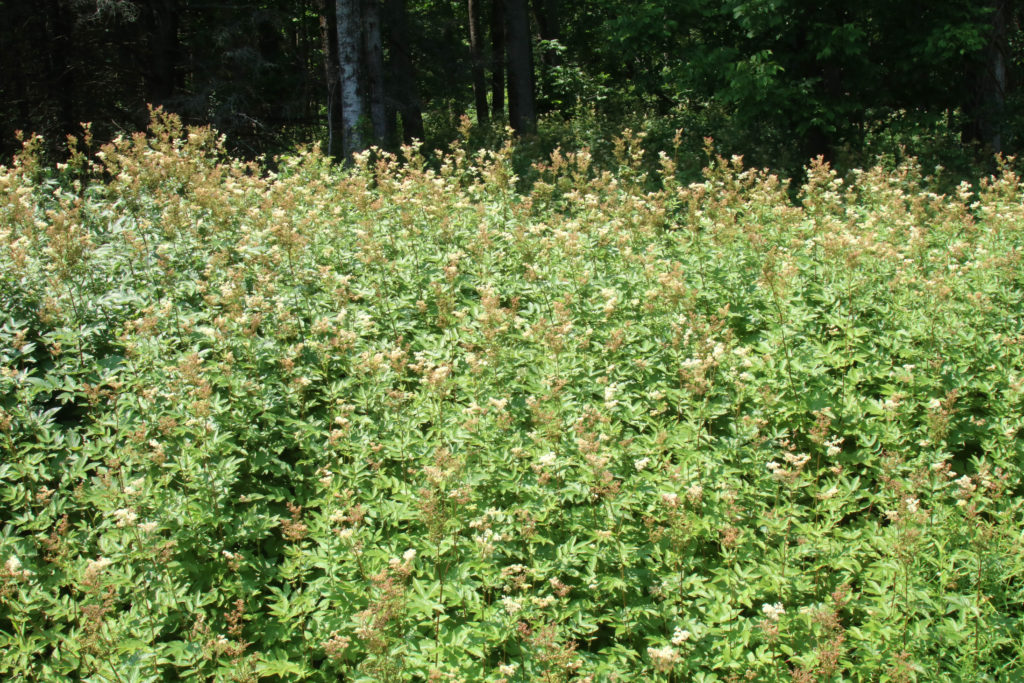
Antihistamines
- Eyebright (Euphrasia spp)
- Ragweed (Ambrosia artemisiifolia)
Antiinflammatories
- Black birch (Betula lenta)
- Calendula (Calendula officinalis)
- Chamomile (Matricaria chamomilla)
- Ginger (Zingiber officinale)
- Licorice (Glycyrrhiza glabra, G. uralensis)
- Meadowsweet (Filipendula ulmaria)
- Poplar (Populus spp)
- Turmeric (Curcuma longa)
- Willow (Salix spp)
Antitussives
- Coltsfoot (Tussilago farfara)
- Ginger (Zingiber officinale)
- Horehound (Marrubium vulgare)
- Licorice (Glycyrrhiza glabra, G. uralensis)
- Mullein (Verbascum thapsus)
- Peppermint (Mentha x piperita)
- Thyme (Thymus spp)
- Wild cherry (Prunus serotina)
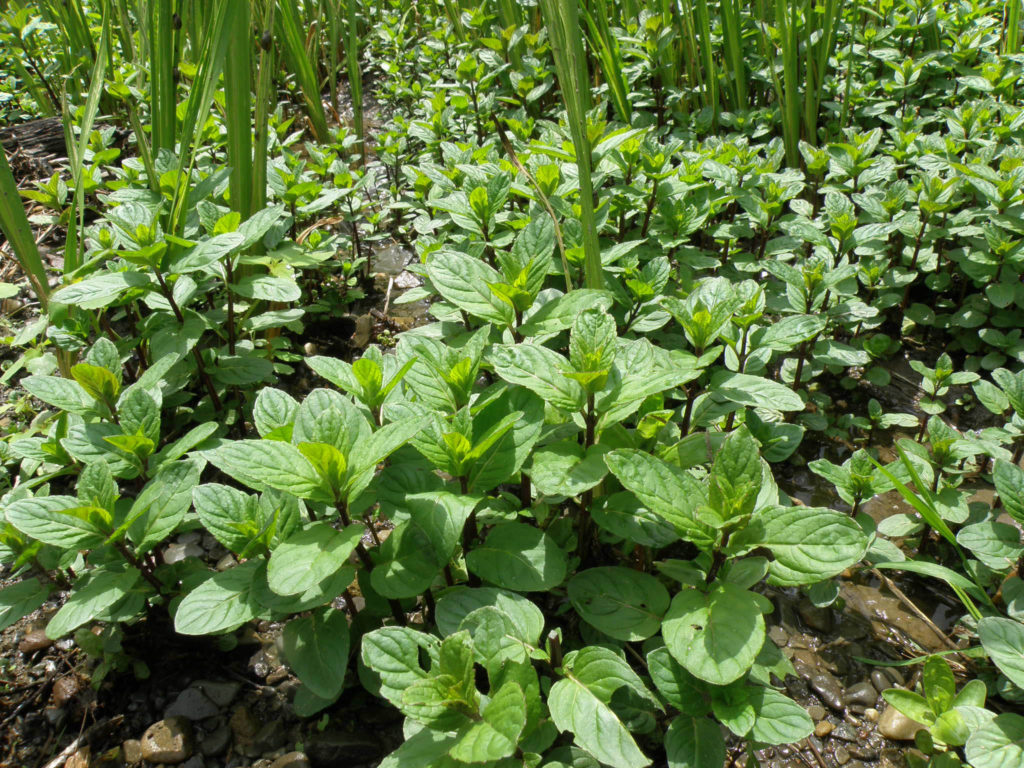
Anxiolytics
- Anemone (Anemone spp)
- Blue vervain (Verbena hastata)
- California poppy (Eschscholzia californica)
- Chamomile (Matricaria chamomilla)
- Damiana (Turnera diffusa)
- Hops (Humulus lupulus)
- Kava kava (Piper methysticum)
- Linden (Tilia spp)
- Mimosa (Albizia julibrissin)
- Motherwort (Leonurus cardiaca)
- Oats (Avena spp)
- Passionflower (Passiflora incarnata)
- Rose (Rosa spp)
- Skullcap (Scutellaria lateriflora)
- Tulsi (Ocimum tenuiflorum)
- Valerian (Valeriana officinalis)
- Wood betony (Stachys betonica)
Bronchodilators
- Ephedra (Ephedra spp)
- Lobelia (Lobelia inflata)
Carriers
- Cayenne (Capsicum spp)
- Horseradish (Armoracia rusticana)
- Prickly ash (Zanthoxylum spp)
Decongestants
- Bayberry (Myrica spp)
- Beggar ticks (Bidens spp)
- Ephedra (Ephedra spp)
- Grindelia (Grindelia spp)
- Horseradish (Armoracia rusticana)
- Wasabi (Wasabia japonica)
- Wolfberry (Lycium pallidum)
- Yerba mansa (Anemopsis californica)
- Yerba santa (Eriodictyon spp)

Demulcents
- Comfrey (Symphytum spp)
- Elm (Ulmus rubra, U. pumila)
- Licorice (Glycyrrhiza glabra, G. uralensis)
- Marshmallow (Althaea officinalis)
Essential oils
- Camphor (Cinnamomum camphora)
- Eucalyptus (Eucalyptus spp)
- Thyme (Thymus spp)
Expectorants
- Coltsfoot (Tussilago farfara)
- Demulcents
- Elecampane (Inula helenium)
- Grindelia (Grindelia spp)
- Lobelia (Lobelia inflata)
- Mullein (Verbascum thapsus)
- Wild cherry (Prunus serotina)
- Yerba santa (Eriodictyon spp)
Sleep Aids
- Chamomile (Matricaria chamomilla)
- Hops (Humulus lupulus)
- Kava kava (Piper methysticum)
- Passionflower (Passiflora incarnata)
- Skullcap (Scutellaria lateriflora)
- Valerian (Valeriana officinalis)

Asthma Story #1
The Common Ground Fair
This was probably one of the most dramatic changes I have ever seen using herbal medicine for an asthma attack. It was at the Common Ground Fair in Unity, Maine, in 2001. I was invited to set up a small herbal first aid station near their medical area. The folks working medical were very friendly and accommodating, which is not always the case when bringing ‘alternative medicine’ to these events. I could tell things would be different when I saw their ambulance was painted in a way that would have fit right in at a Grateful Dead concert.
I spent the day helping the occasional person with minor health issues such as allergy symptoms. At one point, someone came running over from an herb booth to let me know that someone there having was an asthma attack. I picked up my trusty Lobelia tincture and found her as she was being walked over to our first aid booth. The patient was in pretty bad shape and having a challenging time breathing. I gave them just a few drops of Lobelia tincture, which had an immediate effect. Now, I have seen Lobelia tincture help many people with asthma, but I don’t think I have ever seen such a quick change in symptoms. From being in a distressed breathing state to having their breathing nearly fully restored with just a few drops of the tincture. It was a fulfilling situation.
Asthma Story #2
Asthma on a Sunday Morning
Sometime in the early 1990s, I was at a weekend meeting with about 20 other folks. It was a very informal affair with all of us strewn about sleeping on the various furnishings and the floor that night. I am a light sleeper, and sometime before sunrise, I heard someone having a difficult time breathing. I got up and saw someone struggling with an asthma attack. He did not have his medicine on him and there was none available as there were no nearby pharmacies.
His breathing continued to worsen. I was new-ish to herbal medicine, but I had a small first aid kit with some essential oils. I went into the kitchen and started boiling a small amount of water in a pot on the stove. I added a few drops of Eucalyptus essential oil in the pot and had him breathe the vapors in deeply. It was almost immediately helpful, and he began breathing better again. It was a big relief for him and the rest of us who are trying to help. I saw him about once a year for a few years afterward, and each time he thanked me and I felt appreciative of the herbal medicines I had on me and the skills I had learned.
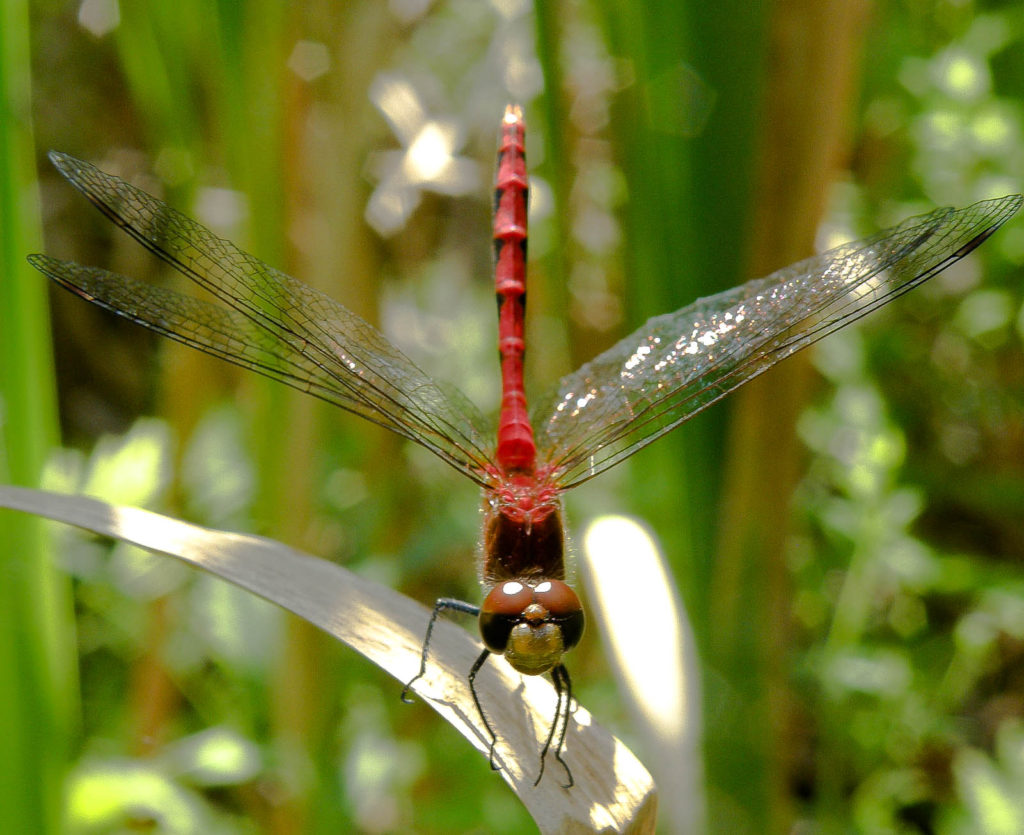
Asthma Handout
This blog can be downloaded as a handout (without the photos and stories) Download it here.
Comments and Questions
I hope you found this Asthma article helpful. Please leave any questions or comments below. Thank you for taking the time to learn about herbal medicine ~7Song
